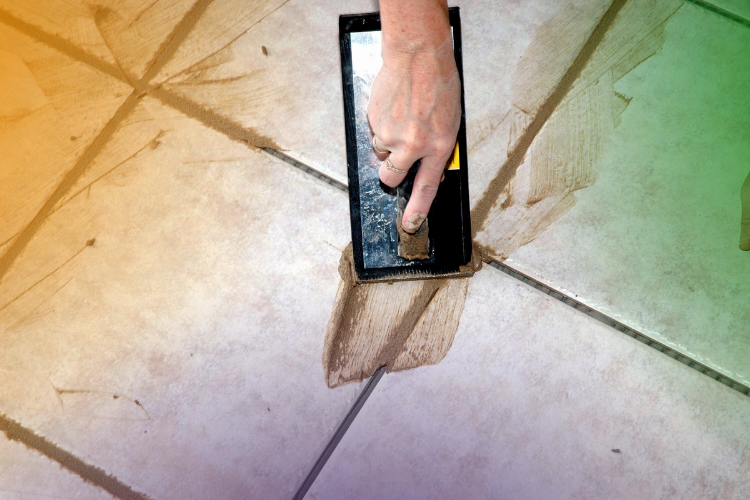Imagine the frustration of discovering a persistent water leak in your home, the telltale drip echoing a problem that needs a solution. As you ponder possible fixes, the idea of using putty to stop the leakage might have crossed your mind. But can putty truly be the answer to this nagging issue? Let’s explore the effectiveness of this age-old remedy and uncover whether it holds the key to sealing those troublesome leaks once and for all.
The Effectiveness of Putty in Sealing Leaks
- When assessing the effectiveness of putty in sealing leaks, it’s essential to consider its application technique and compatibility with different materials. Proper surface preparation is crucial before applying the putty to ensure a strong bond and long-term effectiveness. Alternative solutions like waterproofing tape may be considered for different types of leaks, but putty offers versatility and ease of application in various scenarios.
- To achieve optimal results with putty, the surface must be clean, dry, and free of any debris that could hinder adhesion. Thoroughly inspect the area for cracks or gaps that need filling before applying the putty. Once the surface is prepared, apply the putty evenly and firmly press it into the leak to create a tight seal.
- While putty can provide a quick fix for minor leaks, its long-term effects may vary depending on the material it’s applied to and the severity of the leak. Regular maintenance and monitoring are recommended to ensure the effectiveness of the seal over time.

Common Types of Putty for Leaks
- To effectively choose the right type of putty for sealing leaks, consider the compatibility with different materials and the specific requirements of the leak you’re addressing. When it comes to common types of putty for leaks, there are several options available. Epoxy putty is a versatile choice that can be used on various surfaces such as metal, plastic, and concrete.
- It’s known for its strong adhesion and resistance to water, making it suitable for both indoor and outdoor applications. Another popular option is plumber’s putty, typically used for sealing joints in sinks and drains. This type of putty is softer and easier to mold, making it ideal for plumbing repairs.
- In addition to putty alternatives, it’s essential to understand proper putty application techniques. Ensure that the surface is clean and dry before applying the putty. Knead the putty thoroughly to activate its adhesive properties and then press it firmly onto the leak area. Follow manufacturer instructions for curing times and post-application steps to achieve a successful seal. Remember to wear gloves and work in a well-ventilated area when handling putty to prevent skin irritation.
Advantages of Using Putty for Leaks
- Utilizing putty for leaks offers a reliable, cost-effective solution for sealing various surfaces effectively. When dealing with leaks, achieving a waterproof seal is crucial, and putty excels in providing this feature. The putty’s composition allows it to adhere strongly to different materials, creating a long-lasting solution that withstands water pressure and prevents leakage.
- One of the key advantages of using putty for leaks is its versatility. Putty can be applied to a wide range of surfaces such as metal, plastic, and ceramics, making it a practical choice for various repair needs. Additionally, putty is easy to mold and shape, allowing you to customize the seal to fit the specific requirements of the leak.
- Furthermore, putty dries quickly, minimizing downtime and allowing for swift repairs. Its durable nature ensures that once applied, the seal remains effective for an extended period, providing a reliable and cost-efficient solution to water leakage issues. When seeking an efficient and long-lasting fix for leaks, putty emerges as a dependable choice.
Proper Application of Putty for Leaks
- For effective sealing of leaks, apply putty evenly and firmly onto the damaged area, ensuring complete coverage for a lasting solution. Proper application of putty involves first cleaning the surface to remove any debris, grease, or rust that could hinder adhesion. Next, knead the putty until it’s pliable and then press it into the leak, smoothing it out to ensure no gaps or air pockets remain.
- To prevent corrosion, it’s advisable to use putty that’s specifically designed for waterproofing applications. This specialized putty won’t only seal the leak but also provide a protective barrier against moisture and corrosion. Additionally, consider using waterproofing techniques such as applying a sealant over the cured putty for added protection.
Tips for Achieving Leak-Free Results
- Achieve leak-free results by ensuring thorough cleaning of the surface before applying the putty for optimal adhesion and sealing effectiveness. Properly preparing the surface is crucial for the success of using putty as a waterproofing technique. Remove any dirt, grease, or old caulk residue using a suitable cleaner and allow the area to dry completely before proceeding. This step ensures that the putty can adhere securely to the surface, preventing water from seeping through.
- When using putty to stop water leakage, consider caulking alternatives if the area is constantly exposed to water or moisture. While putty can provide a temporary solution, caulking materials designed specifically for waterproofing offer longer-lasting results in areas prone to water exposure. These caulking alternatives are formulated to withstand water pressure and provide a more durable seal over time.
Conclusion
In conclusion, putty can be an effective solution for stopping water leakage in certain situations. It’s important to choose the right type of putty for the specific leak, apply it properly, and follow recommended tips for best results. When used correctly, putty can provide a reliable and long-lasting seal to prevent water leakage and protect your property from damage.